Art of illusion kept Bard in the picture
A British historian believes he has finally solved one of the great mysteries of literature - just exactly what did William Shakespeare look like?
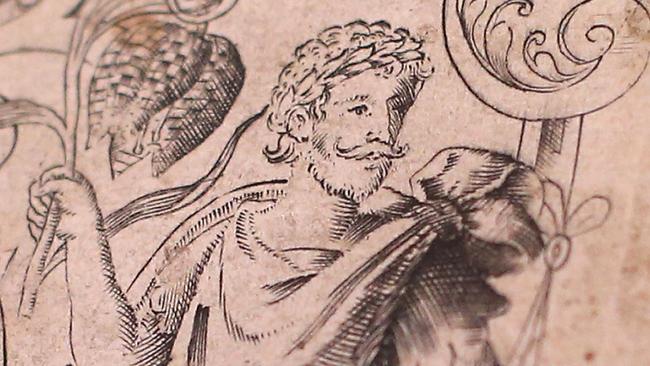
Today in History
Don't miss out on the headlines from Today in History. Followed categories will be added to My News.
He is a giant of English literature, yet no one knows for sure what he looked like. William Shakespeare proved elusive when it came to having his image captured for posterity. But that may now have changed.
This week in the English magazine Country Life, botanist and historian Mark Griffiths claimed to have found the only portrait of Shakespeare created in the playwright’s lifetime.
The image is one of four on the title page of the 1597 book The Herball, by John Gerard. Griffiths believes he has decoded certain clues pointing to the identity of all four, one of which he says turned out to be Shakespeare.
Until now the known portraits of Shakespeare were created after his death. One is a sculpture in a funerary monument in the Holy Trinity Church in Stratford, the town where he was born. It shows a podgy faced, balding man holding a quill and a piece of paper.
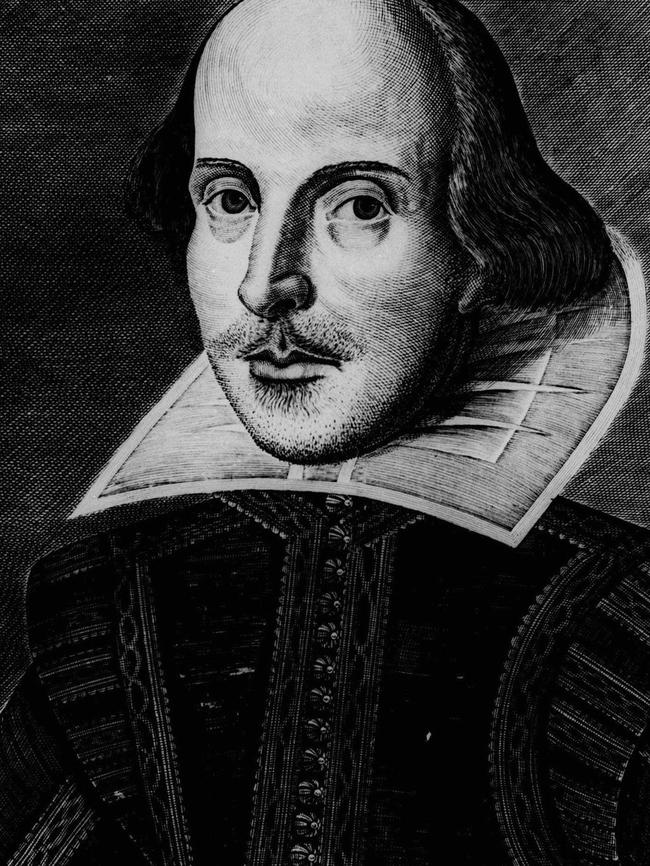
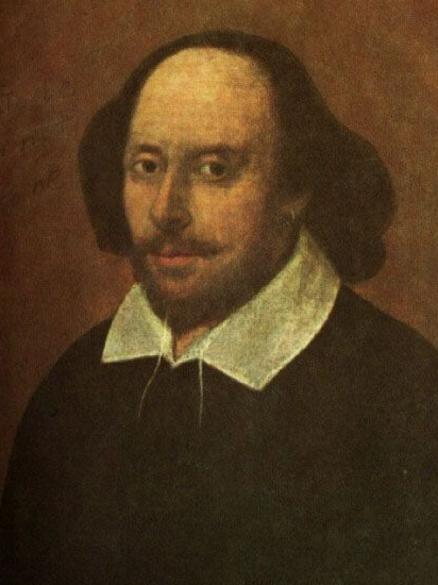
Another is an engraving by Martin Droeshout in the First Folio, the first printed collection of Shakespeare’s works, published in 1623 seven years after Shakespeare’s death. Not up to Droeshout’s usual standard, the portrait is stiff, mask-like and lacks anything to tell us that the subject was a writer. Some believe it isn’t even Shakespeare. Other portraits purporting to depict Shakespeare have since emerged but none have been definitely identified as his likeness.
England is not alone in lacking a portrait of its greatest writer.
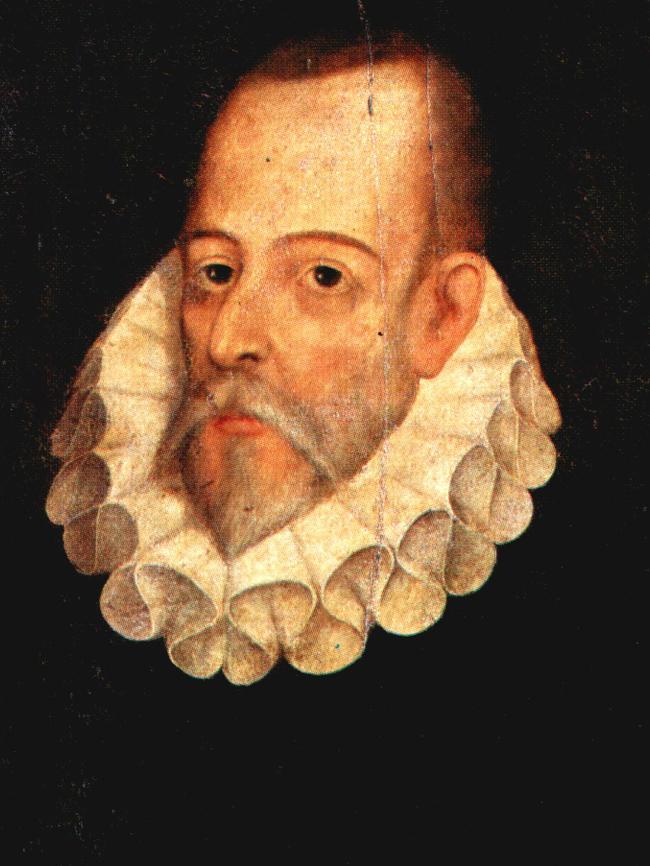
There is no verifiable image of Spanish novelist Miguel de Cervantes, creator of Don Quixote, who died around the time of Shakespeare in 1616. A portrait of a man with silver beard and receding hair painted by Juan de Jauregui was once identified as being Cervantes but has since been rejected by historians as Cervantes would have only been a young man when it was painted.
Ancient writer Homer, author of the Illiad and the Odyssey and thought to have lived in the 8th or 9th century BC, is only known from sculptures created long after that time. Some have even speculated that Homer never existed and the name referred to a school of storytellers who produced the works attributed to Homer.
He is usually depicted as blind, with long beard and curly, receding hair tied with a band, but most depictions are stylised images of an elderly poet, not meant to be accurate depictions of the man himself.
It is not only writers whose images seem to get lost in the mists of time. Egyptian queen Cleopatra (more specifically Cleopatra VII Thea Philopator) was depicted on coins and in marble busts, which showed her with a prominent nose and frizzy hair.
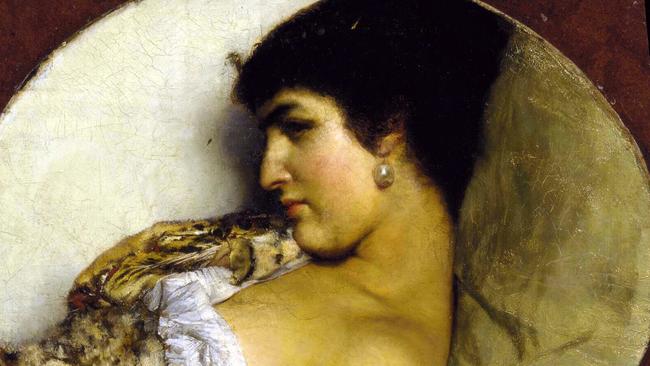
But those images were largely ignored by artists over the centuries who painted or sculpted her as a great beauty (by whatever standards existed at their time). It was only the rediscovery of the coins and busts in the 20th century that revealed the real face of Cleopatra was not beautiful by modern standards yet had a strong, prominent nose once regarded as sign of nobility and strength of character. Undeterred, film and TV producers continue to cast actresses with supermodel looks to play the ancient monarch and seductress.
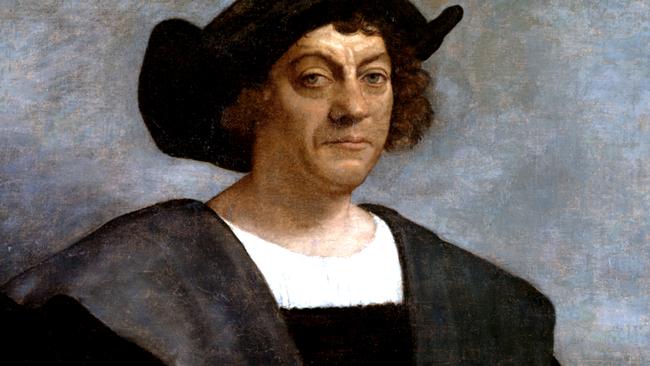
Explorer Christopher Columbus, who blazed the European trail to the Americas, should have been rich and famous enough to have had his living portrait painted but none exists. A portrait in New York’s Metropolitan Museum of Art with the title Portrait Of A Man, Said To Be Christopher Columbus is attributed to Sebastiano del Piombo. Columbus died in 1506 and the painting is dated 1519 but despite its dubious elements it is generally accepted as the authoritative likeness of Columbus.
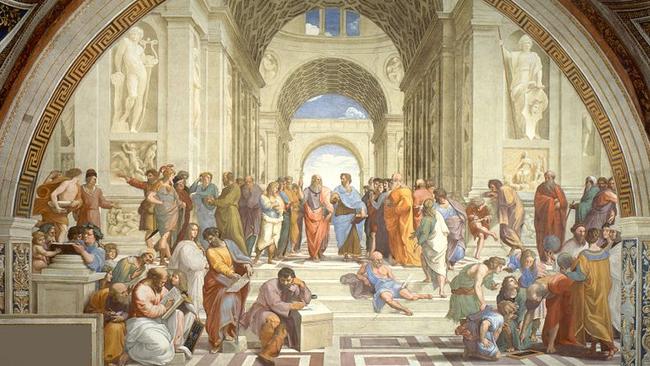
FACES OF MYSTERY
● Although there is a written description by William Bligh, the only visual portrait of Bounty mutiny ringleader Fletcher Christian is a sketch drawn long after his death.
● No known portraits exist of Jesus or his apostles, painted from life. However many people believe that the image on the Shroud of Turin is like a photograph of Jesus. After it emerged in the 14th century the shroud became the basis for many portraits of christ.
● Raphael’s School of Athens (detail, above) , painted between 1508 and 1511, is an imagining of how some famous ancient thinkers looked. It is believed that Raphael used some of his contemporary artists as models including Michelangelo as Heraclitus and Leonardo da Vinci as Plato.
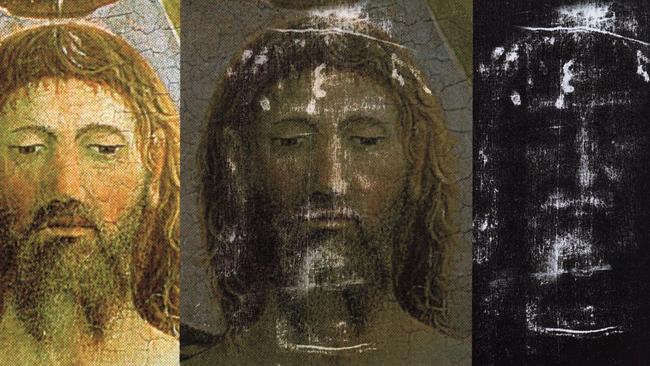
Originally published as Art of illusion kept Bard in the picture



